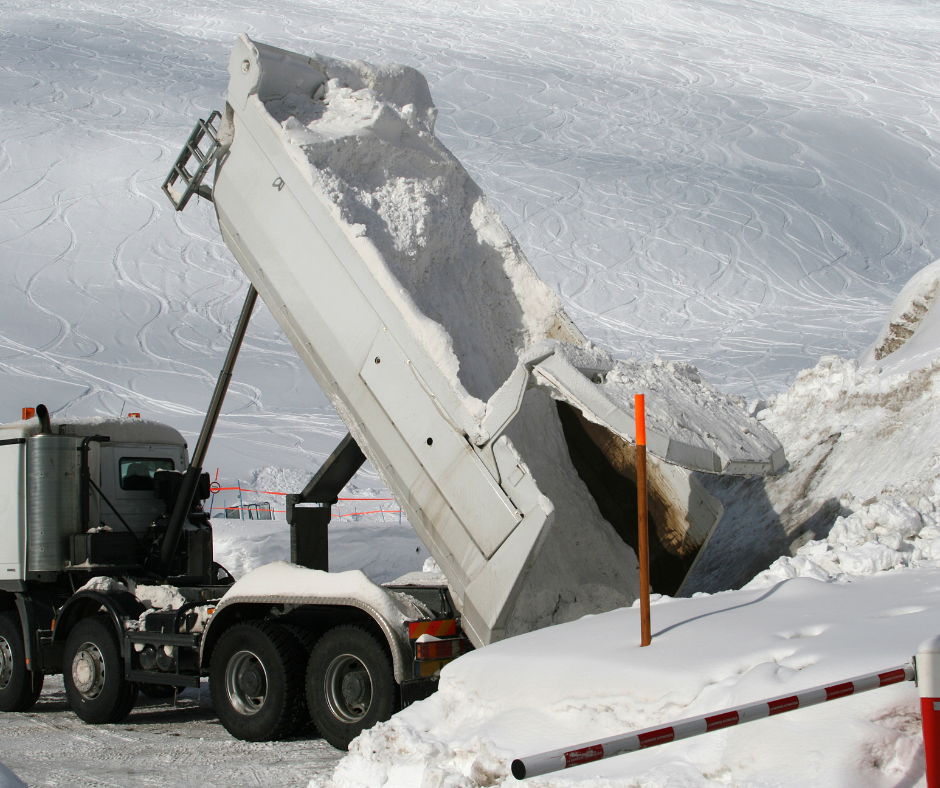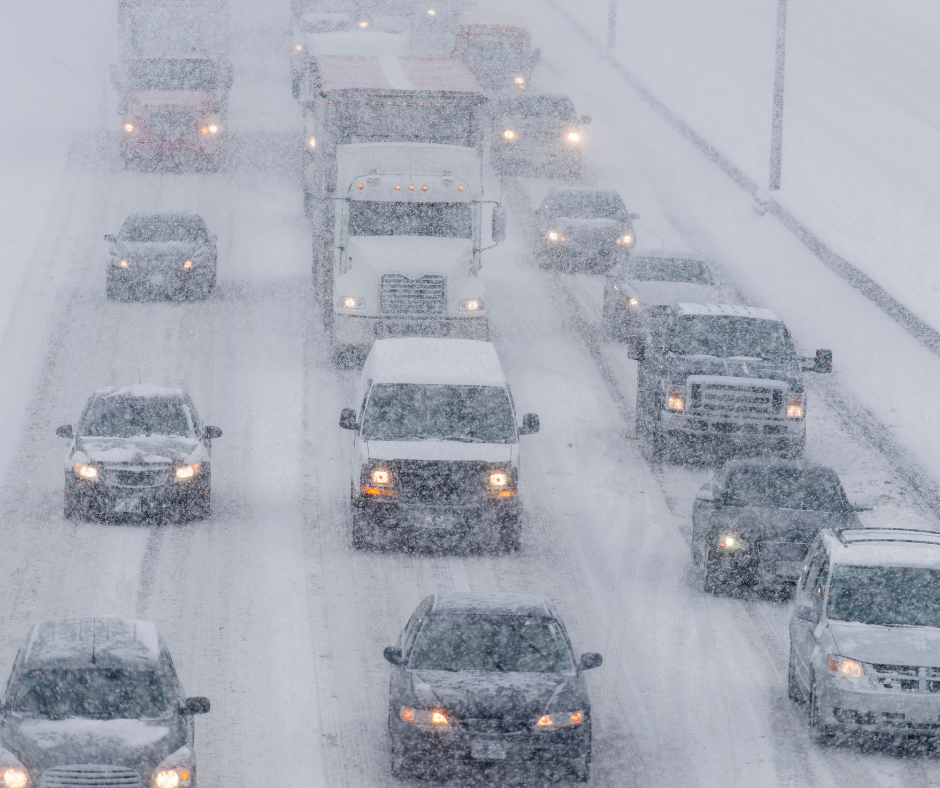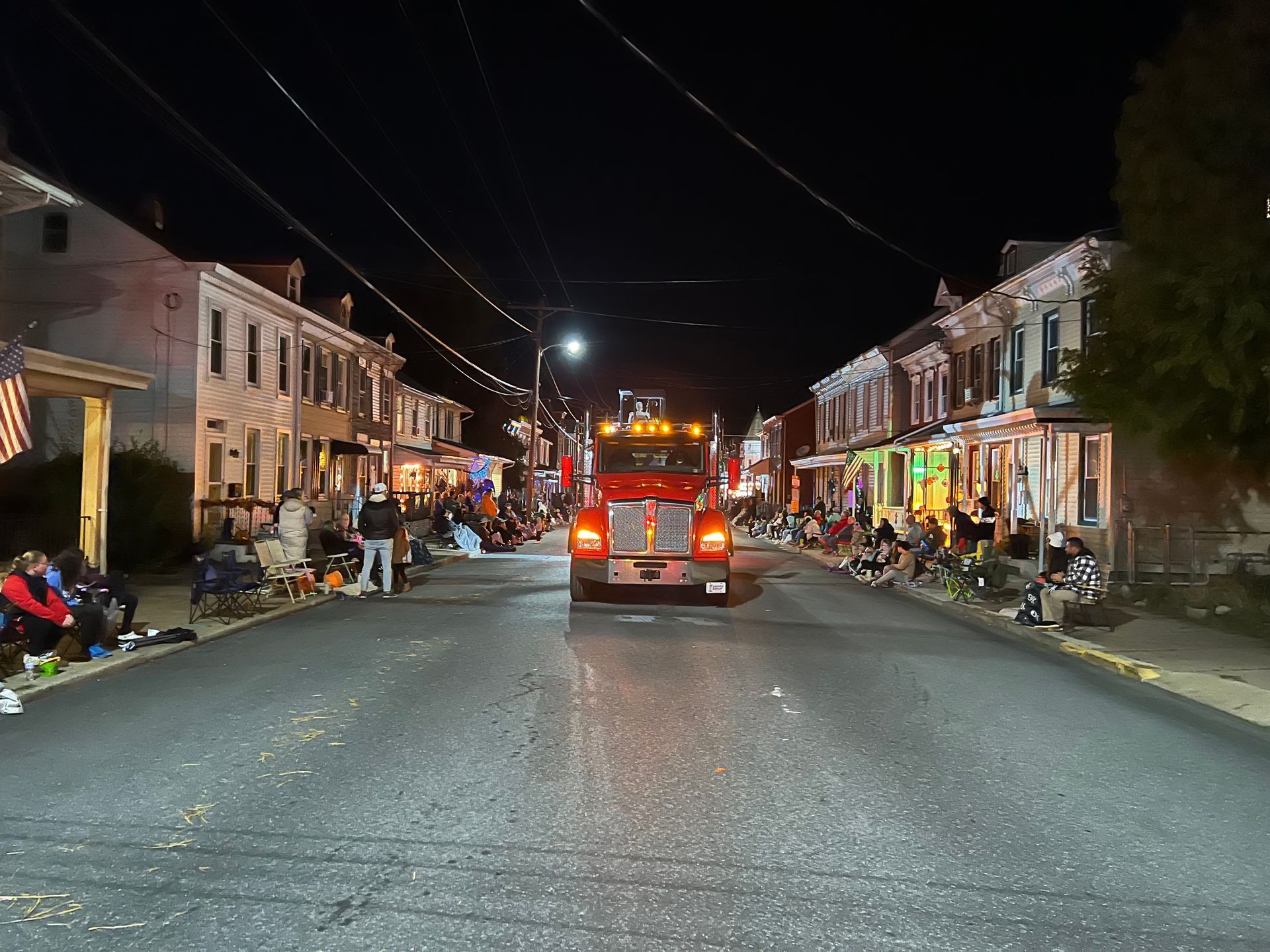Are You Ready for Pothole Season?
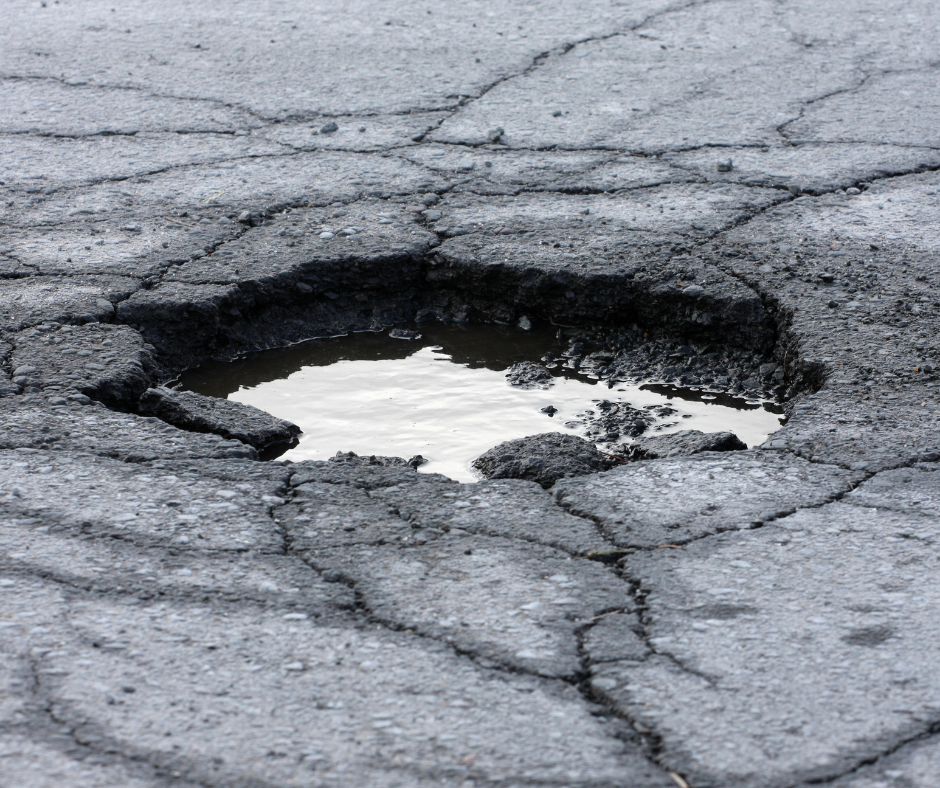
We see them every day, and sometimes we avoid them. Then, there are times when we hit them and suffer the consequences. What are they? Potholes. These ubiquitous craters appear on our roads, silently wreaking havoc on our vehicles and on our nerves. We might overlook them in our rush, but their impact is unmistakable.
Many attribute the creation of potholes to the aftermath of winter storms, with salt indiscriminately spread across roads, corroding weak spots in the pavement. While this is indeed a contributing factor, the truth behind pothole formation runs deeper, quite literally. Potholes are born from water getting under pavement. It begins with groundwater seeping beneath the surface, gradually permeating the pavement above. As temperatures plummet, this water freezes, expanding and exerting pressure on the pavement above. The result? Cracks form, weaknesses emerge, making the road ready for pothole proliferation.
With the thawing of ice, the pavement contracts, leaving cavities beneath the surface—a breeding ground for trouble. Enter the freeze-thaw cycle. Each cycle exacerbates the damage, inching us closer to the dreaded pothole. And yet, we cannot lay the blame solely on the freezing temperatures. Our vehicles play their part in the pothole saga. With each pass over weakened pavement, the chasms deepen, increasing the chances of vehicles experiencing the dreaded “thunk.” Vehicle damage can range from punctured tires to underbody damage (e.g., suspension system and axles).
However, where there are potholes, there are also heroes: the road crews tasked with taming these asphalt troublemakers. The repairs occur in the late winer/ early spring, where temperatures stay above freezing. This year, PennDOT will dispatch crews at the end of February to fight potholes on 40 state highways in southeast Pennsylvania. The counties that will receive the repair crews are Bucks, Chester, Delaware, Montgomery, and Philadelphia. Please be on the lookout for these crews and slowdowns in work zones. Also, be ready for intermittent lane closures!
A bittersweet victory awaits, for while repairs bring temporary respite, the cycle of destruction remains an ever-present specter. We would rather have potholes (or the whole road) repaired than avoid them on the road. Yet, we must be extra patient this time of year. And, as always, please be careful in the work zones!
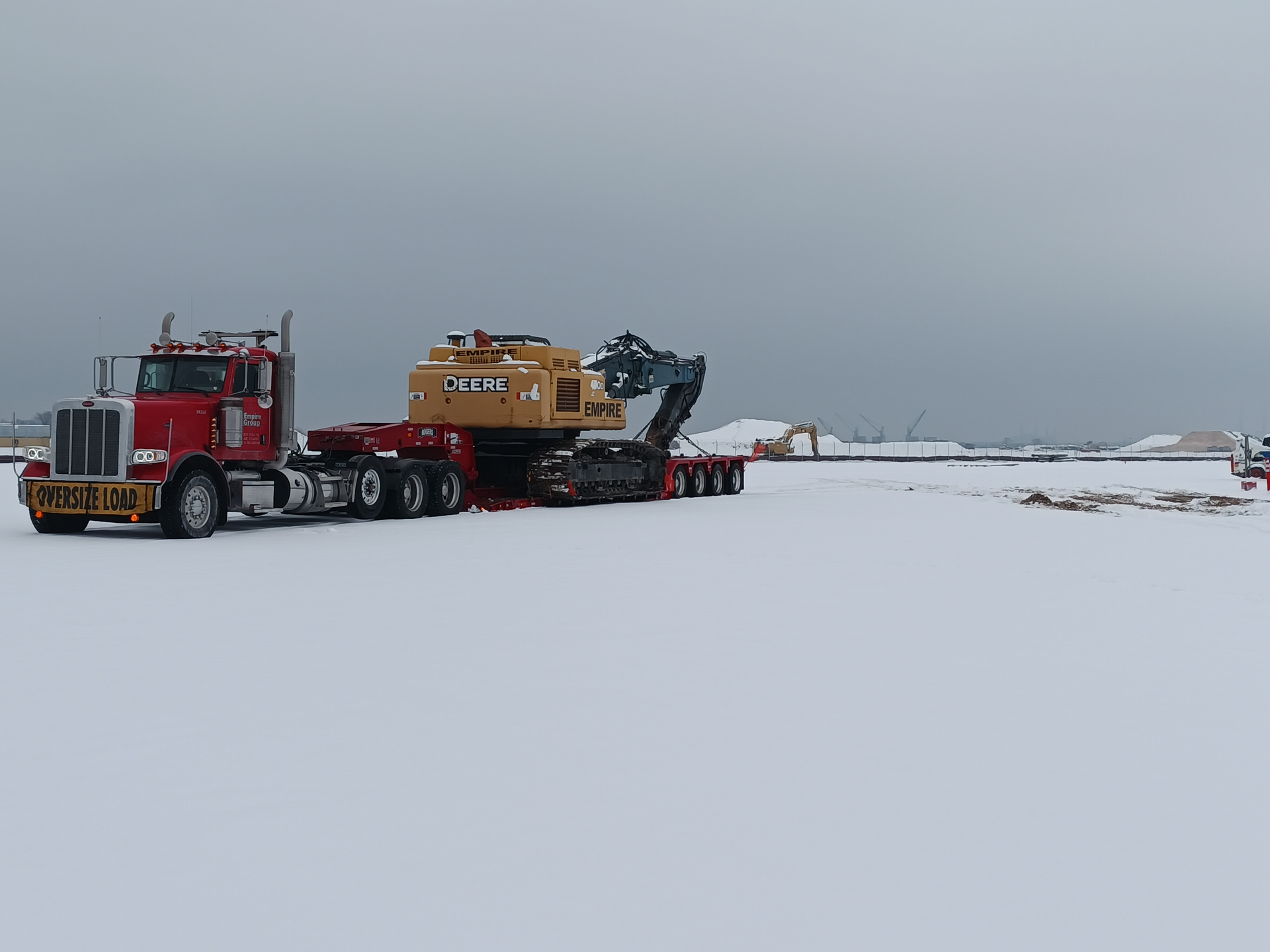

How DVC's Trailers Are Perfect for Transporting Mulch, Stone, Sand and Soil for Landscaping Projects


